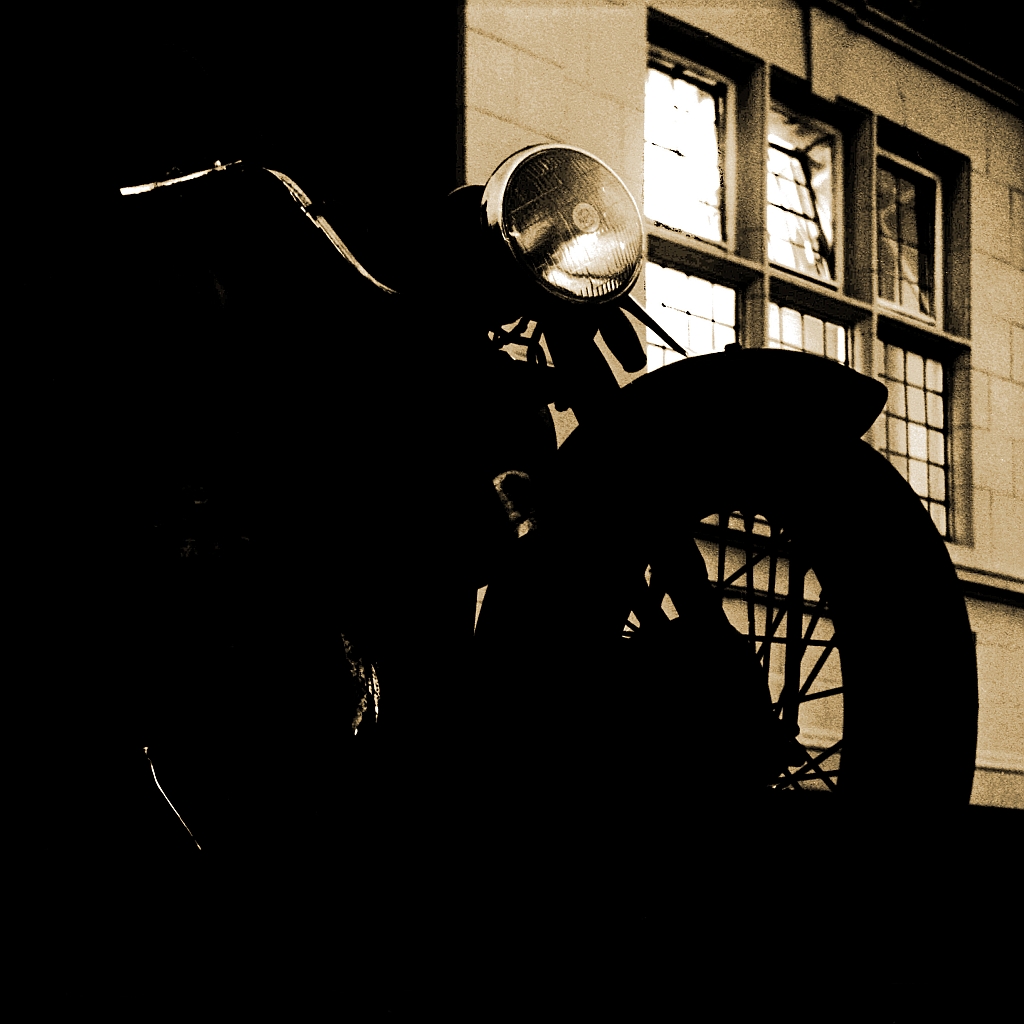This is a tale of trying to make panoramic scans of decorated limbs. It started as one of those mad musings on wether I could take a picture in a certain way, that led to a bit of a rabbit hole.
The trigger was a visit to a tattoo show. Not that I have any tattoos, but I’d never been to a tattoo show before. Fascinating place and people. But what got me thinking was how a tattooist advertises their art. They obviously take pictures, but their subject is not flat, so it’s difficult to get a picture that shows the full tattoo. ‘Easy’ I thought ‘just rotate the limb in front of the camera’. If you combined a series of strips, each one running along the length of the limb, you could merge them into a complete panorama. How hard could it be?

So the first thing I did was to photograph a beer can. After emptying it, of course – art needs its muse. I set the camera up and took a series of pictures as I rotated the can in increments. There was a problem with the lighting though – the can was reflective. So I tried a Pringles tube instead (true art involves suffering). The concept worked but I needed a better background. And I had some bits of wood in the shed and a glint in my eye…

So I made a lighting trough. I made a hemispherical-section trough, lined with white card. The plan was that I could stand the trough on end and have someone place their arm down the trough, then rotate the arm as I took pictures. The curved white backdrop would bounce my flash and even-out the lighting. So I set off to charm the proprietor of a local tattoo shop into being my subject. Luckily they had lashings of ink and were a jolly good sport about trying something new.

The first problem is that arms don’t rotate at the shoulder: they twist at the elbow and forearm. So trying to rotate an arm about its long axis causes the skin to twist. This makes it very difficult to align the images.
Plan B was to get my subject to keep his arm straight but to walk around the trough. With a bit of shuffling of the trough and camera, we got a set of images. I then cropped each of into a central strip and tried aligning them in Photoshop. I could have just let Photoshop treat them as a panorama and align them automatically, but I had the idea in my head to have the back of the hand ‘normal’ and the forearm opening like a fan above it.

And that’s the point I stopped, because it looked like a flayed arm. The results were meant to show a tattooed arm in the round, but the final picture wasn’t pleasant. It was also a load of work to produce the images and to combine them. I was at the limits of what my kit could do. It was like being back in the days of film: I didn’t know until the processing stage (combining the images) that they would even fit together. If one shot was off or distorted, it would mean a re-shoot.
If I was going to do this seriously, I think I would have to make a scanning rig that rotated around the limb. Something like a Raspberry Pi camera (or several) with the lens masked down to a slot. Surround the lens (or lenses) with a ringlight to get even illumination. Program the system to shoot a series of stills and then feed them to Photoshop to combine as a panorama, then crop to taste. You could make several rigs of different sizes: small for a hand and forearm, bigger for an arm, bigger again for a leg and even a torso or full-body scanner. But to put that much effort in I would have to be really interested in tattoos or to be selling pictures to people with tattoos as a business to support the costs.
It also turns out that the world caught up and lapped me – what I was trying to do was a manual version of an orbital camera rig. So if I was to use something like Raspberry Pi cameras I wouldn’t be breaking new ground. It would also be a lot easier to make a video scan than to assemble still images into a panorama, but the original idea was to have a final picture that could be printed.
So that’s my gift to the world: a method of taking pictures of people to make them look as though they have been flayed. No, you’re welcome.






















